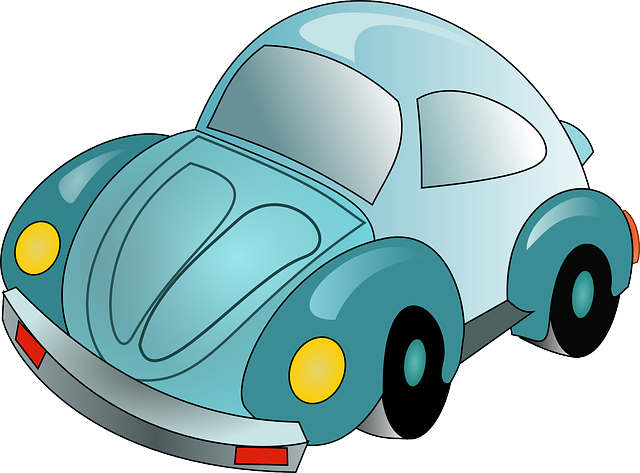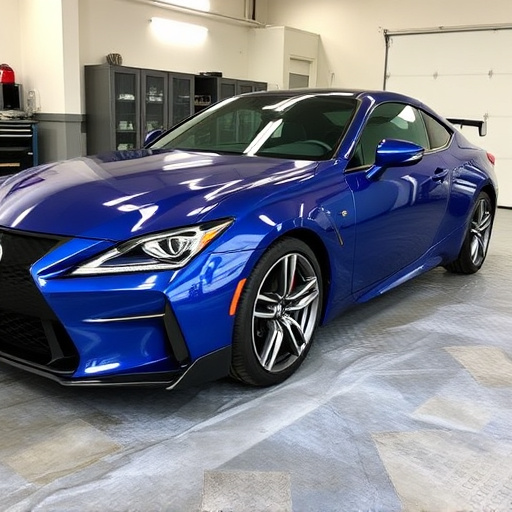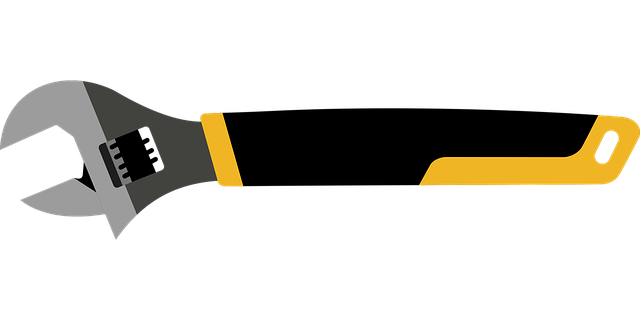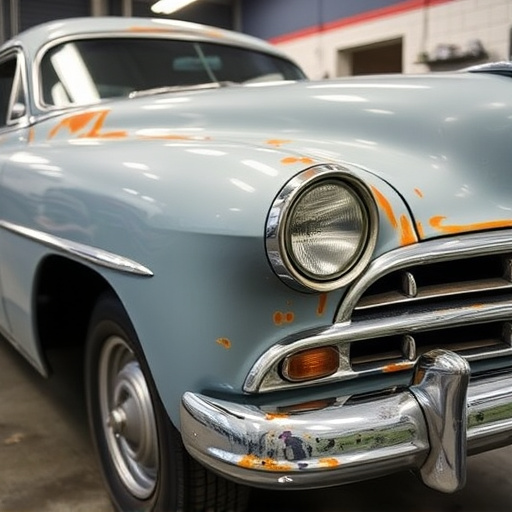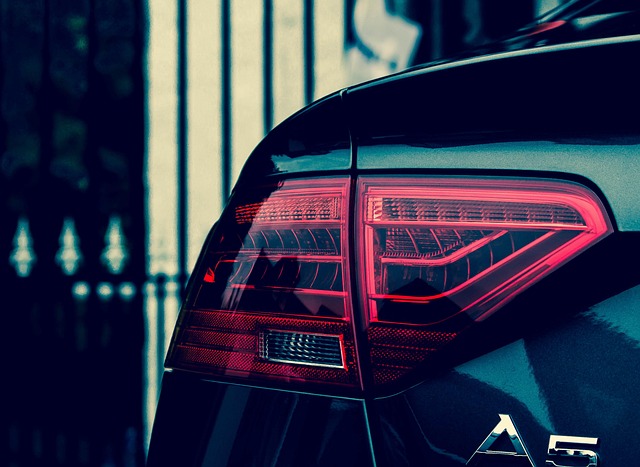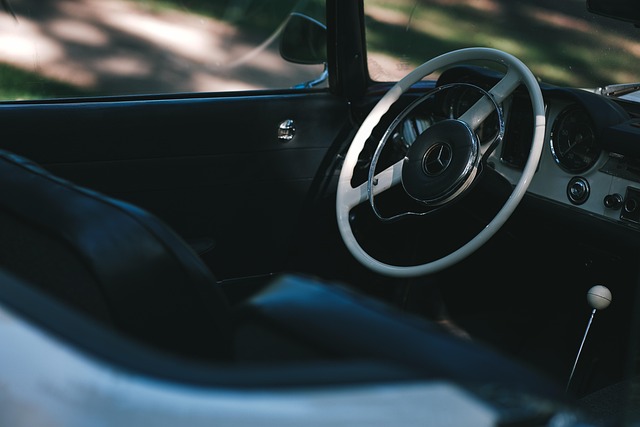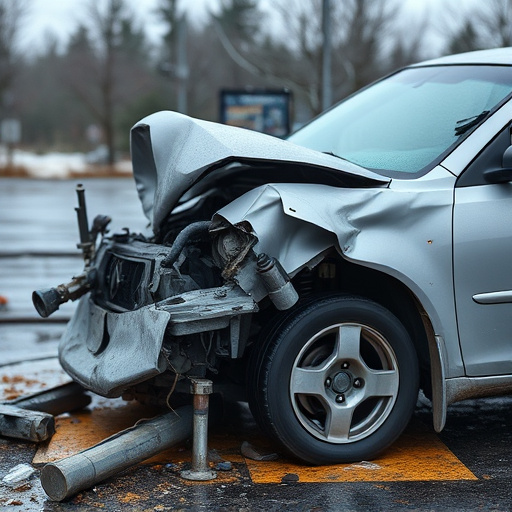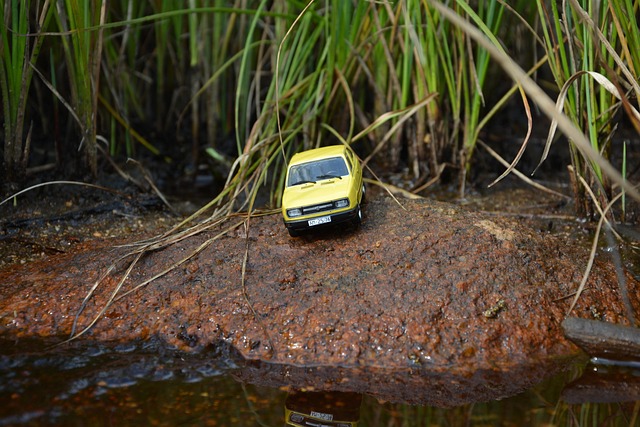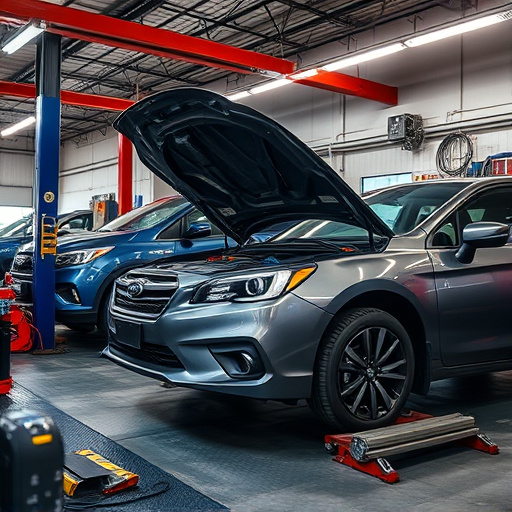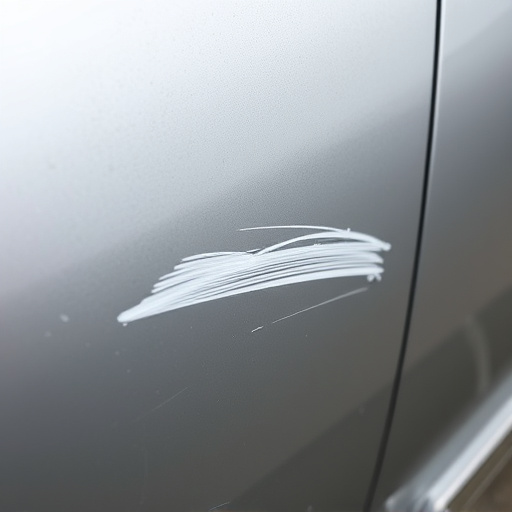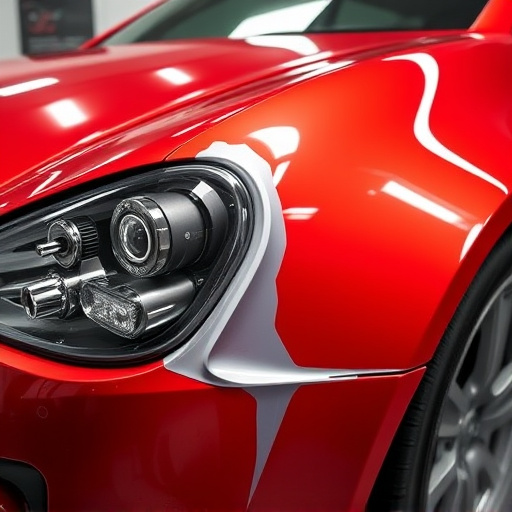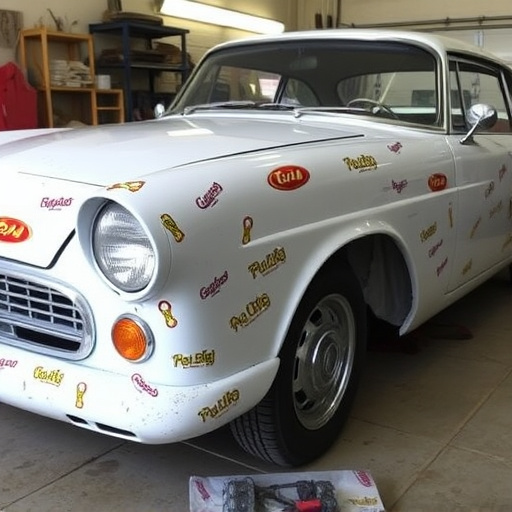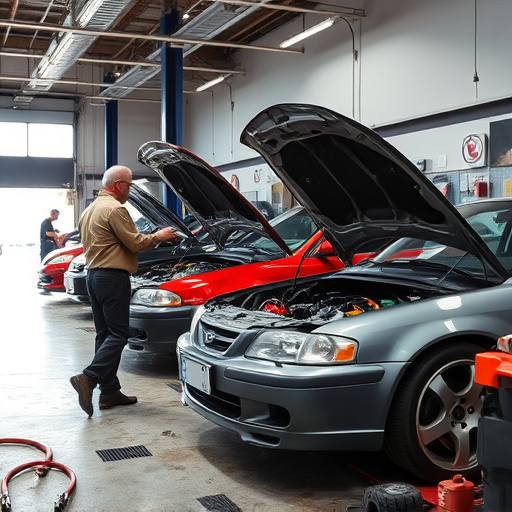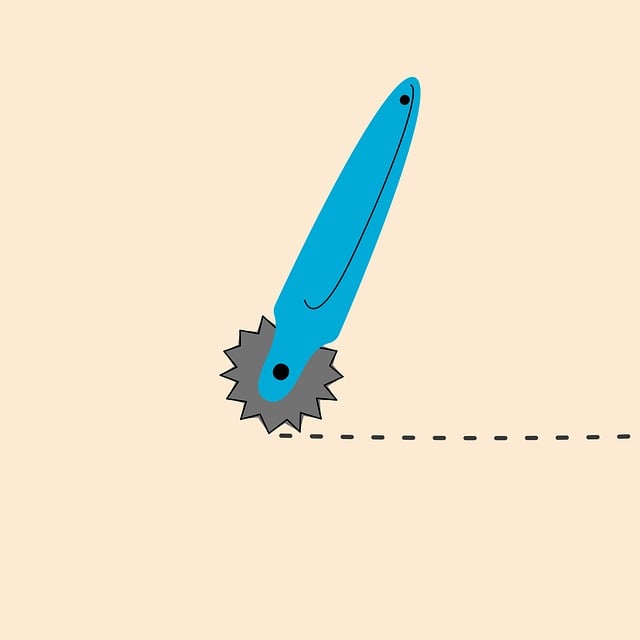Advanced 3D scanning tools and CAD software are indispensable for crash worthiness restoration, offering precise measurements and detailed imaging to capture every vehicle structure element, including hidden damage. Integrated digital systems streamline the process, ensuring comprehensive assessments and accurate reproduction of original parts, thereby maintaining vehicle integrity, enhancing safety, and boosting customer satisfaction in today's auto body shops, especially those specializing in luxury brands like Mercedes Benz.
In the realm of automotive collision repair, achieving precise crash worthiness restoration is paramount. This article explores the innovative tools and technologies that underpin this critical process. From initial assessment using advanced scanning tools like laser scanners and 3D imaging to meticulous repairs aided by digital templates and specialized software, we uncover how these innovations ensure accuracy. Additionally, we delve into quality control measures, including computer-aided design (CAD) verifications, to guarantee top-tier crash worthiness restoration results that meet industry standards and certifications.
- Choosing the Right Technology for Crash Worthiness Assessment
- – Importance of advanced scanning tools and software
- – Types of equipment used: Laser scanners, 3D imaging, and digital measurement tools
Choosing the Right Technology for Crash Worthiness Assessment

Choosing the right technology is paramount when it comes to assessing crash worthiness during restoration. Advanced tools like 3D scanning and computer-aided design (CAD) software enable precise measurements, allowing for exact reproduction of original car parts. These technologies capture detailed data, ensuring that every curve, contour, and angle of the vehicle’s structure is accurately represented, which is crucial for reliable crash worthiness assessments.
Additionally, integrated digital systems facilitate comprehensive damage analysis, identifying hidden issues that might be overlooked during manual inspections. By employing these cutting-edge solutions, car bodywork services and vehicle repair services can deliver superior crash worthiness restoration results, ensuring safety and customer satisfaction. This meticulous approach is vital to maintaining the integrity of the vehicle’s structure, particularly in preparing it for safe return to the road after a collision.
– Importance of advanced scanning tools and software

In today’s digital age, advanced scanning tools and software have become indispensable for achieving precise crash worthiness restoration in both vehicle bodywork and automotive repair processes. These innovative solutions play a pivotal role in ensuring that every component is accurately assessed and repaired, upholding the highest standards of safety and quality. By leveraging sophisticated 3D scanning technologies and comprehensive digital platforms, collision repair centers can meticulously document pre-crash conditions, track repair progress, and verify final outcomes.
This digital approach not only streamlines the entire restoration process but also facilitates better communication between repair technicians, insurance providers, and vehicle owners. With detailed digital records of the vehicle’s original state, specialized software enables efficient identification of damages, precise measurement of panel gaps, and careful tracking of material replacements within the automotive repair process. This level of precision ensures that crash worthiness restoration is not just a technical fix but a meticulous endeavor that restores vehicles to their pre-accident condition, enhancing safety and customer satisfaction across the board.
– Types of equipment used: Laser scanners, 3D imaging, and digital measurement tools
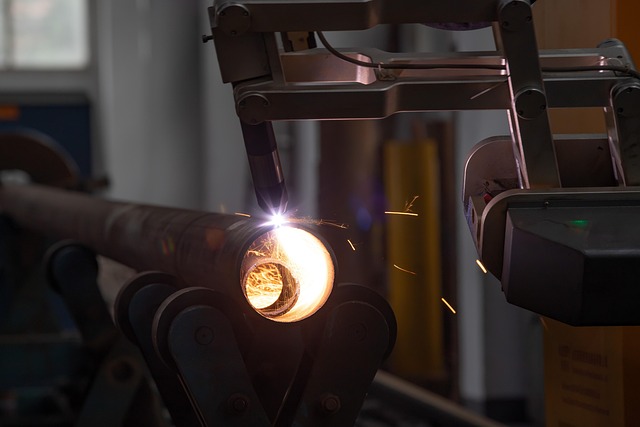
In the realm of crash worthiness restoration, modern auto body shops employ advanced tools to ensure precise and accurate results in Mercedes Benz repair. One such tool is laser scanning, which uses precise laser beams to capture detailed 3D images of the vehicle’s surface, enabling technicians to identify even the smallest imperfections or discrepancies. This technology is particularly useful for complex car scratch repairs, as it provides a comprehensive digital blueprint that guides the restoration process.
Additionally, 3D imaging and digital measurement tools play a pivotal role in achieving top-tier crash worthiness restoration. 3D imaging systems offer high-resolution visuals from multiple angles, facilitating thorough inspections and meticulous measurements. Digital measurement tools, on the other hand, ensure precise dimensions and tolerances, guaranteeing that every part of the vehicle is restored to its original specifications—a critical aspect when dealing with intricate auto body shop repairs, such as those encountered in a Mercedes Benz repair setting.
In ensuring crash worthiness restoration, selecting the appropriate technology is paramount. Advanced scanning tools like laser scanners, 3D imaging, and digital measurement devices play a pivotal role in accurately assessing vehicle damage. These technologies provide detailed data, enabling efficient repairs that maintain structural integrity and safety standards. By leveraging these tools, restoration professionals can deliver high-quality crash worthiness outcomes, restoring vehicles to their pre-accident condition with precision and reliability.
